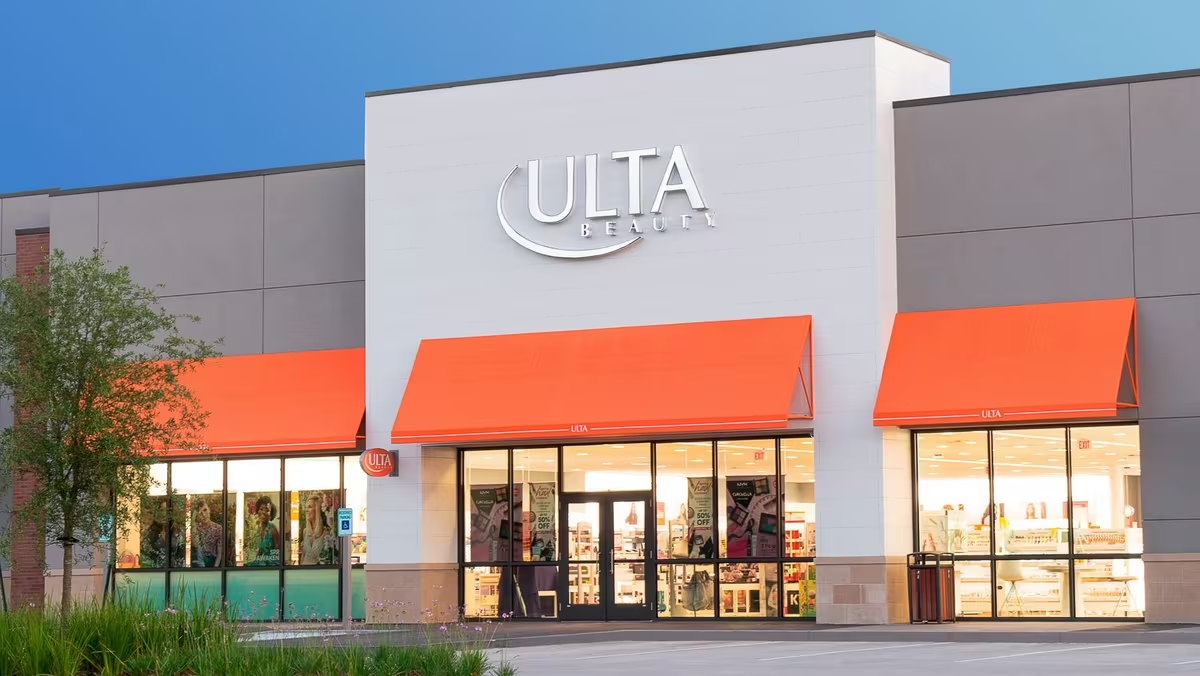As the uncertainty of the long-term impact of global tariffs continues, brand and retail leaders are grappling with the decision of whether or not to increase prices.
Last month, E.l.f. Beauty announced it will be raising its prices $1 per SKU starting August 1, equating to a staggering 33-50% price increase on its cheapest products. Meanwhile, Saie increased its prices between $1 -$4 on select products last week, a significantly lower increase based on Saie’s prestige price point.
Both announcements were met with mixed reactions from customers on social media. Some praised the transparency, while other commenters questioned whether or not the increases were warranted.
According to a new study from consumer insights firm Zappi, which counts Coty, The Clorox Company and PepsiCo as clients, 60% of U.S. consumers said they would stop buying their favorite cosmetics if prices rose just 10%.
Plummeting consumer sentiment, driven by frustration over inflation and tariffs, mixed with an increasingly turbulent geopolitical atmosphere, has left many brands with a difficult decision. That’s especially true when it comes to categories driven by discretionary spending, such as beauty, wellness and fashion.
“Cosmetics was actually one of the most price-sensitive categories we looked at,” said Zappi CMO Nataly Kelly. “Leaders in this space need to be very careful about rolling out price increases.”
The sentiment was echoed by LVMH deputy CEO Stephane Bianchi last month when he told members of the French Parliament that beauty consumers lacked the same price elasticity found in luxury fashion and jewelry consumers, which he said could absorb a 2-3% price increase. This is perhaps the biggest signal that prices would not be increasing at LVMH-owned companies like Sephora, Fenty, Fresh, Benefit and Marc Jacobs.
According to Zappi’s survey, only 20% of Americans say they’re prepared to absorb tariff price increases, while around one in three is already trading down to generic brands, eliminating non-essentials or shopping at discount stores, Kelly told Glossy.
But perhaps the most interesting finding in the study was the clear behavior differences between shoppers with kids and without. “Parents feel more prepared than non-parents to absorb price increases,” Kelly told Glossy.
“I think the nuance here is really important: It’s what they’re buying and why,” she said. That is, gifts and special occasion purchases won’t be impacted as much as routine purchases, with parents trading down on everyday replenishment items for themselves and their children. Non-parents, however, are more likely to put off larger, special-occasion or gift purchases until there is more economic certainty.
The fragility of discretionary spending is top of mind for some beauty brands that openly played with the idea of raising prices earlier this year. For example, Coco Kind founder Priscilla Tsai took to Instagram many times over the past few months to educate its consumers about the tariffs that were crushing profits for many of its products.
But on Thursday, Tsai posted a video to social media saying the company ultimately decided not to increase pricing in 2025. “We really debated increasing prices on some of our hardest hit products,” she said. “We didn’t want to increase prices during a time where we are unsure if our consumer can handle it.”
Shai Eisenman, the founder of skin-care company Bubble, felt similarly. She told Glossy that a large number of Bubble’s community members and brand ambassadors have expressed a troubling increase in price anxiety over the past few months. “We’ve been hearing it from everybody we speak to on how concerned they are about rising costs as a whole,” she said. “The consumer mindset is a very anxious mindset right now.”
Bubble has more than 80,000 brand ambassadors who communicate with brand execs through a private messaging app. Bubble offers a suite of skin-care products, marketed primarily to younger consumers and sold for under $20 each, both DTC and through retail partners like Ulta Beauty.
She told Glossy that Bubble’s retailer partners reached out after President Trump’s “Liberation Day” announcement on April 2 to ensure Bubble would be able to maintain current pricing.
“This question [of whether or not we’d be raising] came often from [our community] and was one of the main reasons why we decided to come up with an official notification,” Eisenman said. Last week, Bubble shared a gallery to its Instagram and private community app and through email, explaining that it would be absorbing tariff increases. The post currently has more than 1,100 comments, all of which appear to be positive.
But some experts told Glossy that, while painful for some consumers, increasing prices is the best way to ensure the long-term health of consumer goods companies.
“If you try to absorb a tariff, and you take a lower margin, and you’re affecting the profitability of the business,” Howard Meitiner, former CEO of Sephora and current managing director at Carl Marks Advisors, told Glossy. “One way around that is that you raise your prices, but then you have a special event where you target your loyalty customers. In other words, you create demand in a different way, because you get no credit for keeping your prices low. You get more credit if you offer customers promotional [sales or items].”
That is, price increases are smart and fair if they come with immediate increased value through flash sales, promotions, gifts with purchase or something similar. Meitiner told Glossy that brands should simultaneously be preserving capital, right-sizing stores and cutting weak SKUs. “[Brands and retailers should] take the opportunity to slash overheads right now,” he said.
“I recommended that companies throw out their budgets for 2025 and start again,” Meitiner told Glossy. “And if you do that, it allows you to embrace new thinking.”




